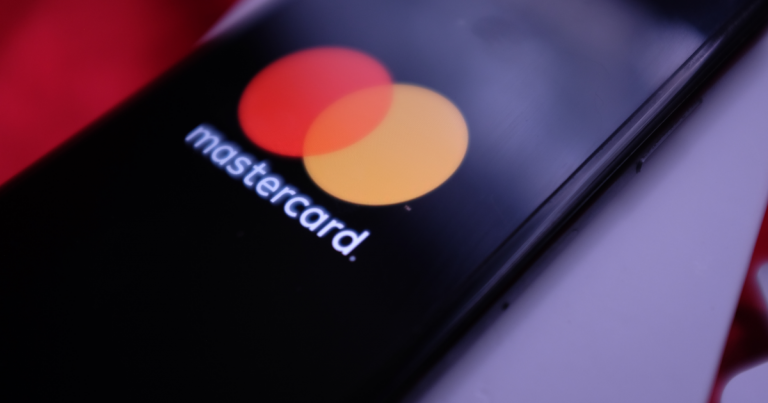
Key Takeaways
- Mastercard has filed a patent for a billing system, intended for shared devices such as printers and photocopiers.
- The filing mentions IOTA’s Tangle and other blockchains.
- However, the patent may not ever produce a real application.
Share this article
Mastercard Asia/Pacific has filed a patent for a billing system based on IOTA’s Tangle. The concept is detailed in a recent patent application titled “Method and System for Device Micropayment Aggregation based on Tangle Network.”
Mastercard’s Transparent Billing System
Mastercard’s patent application describes an approach to billing device usage through a transparent storage system. For example, the method could be used to bill for library or “maker space” devices like 3D printers, computer printers, and photocopiers.
Right now, many systems rely on coin-operated or prepaid accounts, Mastercard’s patent says. These systems often lock users into paying for more device usage than they actually need.
By contrast, the proposal would manage and stores all information related to usage—from user identities to time spent and usage amounts—on a Tangle. This allows users to pay for precisely what they need with their credit card or another payment service.
The fact that this approach is transparent also “ensures that no user is taken advantage of,” Mastercard’s filing explains. Under the proposed system, users would be able to monitor their usage, and third parties would be able to audit the payment records.
Based on Tangle, not IOTA
Mastercard’s patent application does not necessarily mean that the payments provider is planning to build an app on IOTA, nor does it mean that it will use IOTA’s cryptocurrency, MIOTA.
It only means that Mastercard has recognized IOTA’s Tangle as a practical design and that Mastercard could design a network similar to the Tangle.
The filing mentions that other blockchains could be used to the same end.
Furthermore, the fact that Mastercard has filed a patent does not necessarily mean that it will turn its plans into a real product. Mastercard has filed at least 80 blockchain-related patents, most of which have not come to fruition.
Nevertheless, the fact that Mastercard has explicitly mentioned IOTA is a good sign that the project is gaining recognition in mainstream industries. Given that IOTA is aiming for “machine economy” use cases rather than consumer spending, this sort of recognition is vital.
Share this article
NFT Express: Your on-ramp to the world of NFTs
At Tatum, we’ve already made it super easy to create your own NFTs on multiple blockchains without having to learn Solidity or create your own smart contracts. Anyone can deploy…
IOTA Running Out of Money: Will the Tangle Survive?
IOTA is working on expanding its market opportunities by taking on a more pragmatic approach towards the development of its technology. However, the team has yet to overcome the critical…
IOTA Launches Chronicle, a Decentralized Storage Framework
The IOTA Foundation has announced Chronicle, a permanode tool that allows node operators to store IOTA transactions permanently. The project introduced Chronicle last year. This month marks the “alpha” release…
IOTA’s Chrysalis Upgrade Goes Live Next Week, Adding Scalability…
IOTA is about to execute the first phase of its Chrysalis project, the beginning of a series of upgrades leading up to IOTA 1.5. The upgrade comes with a host…
This news is republished from another source. You can check the original article here



